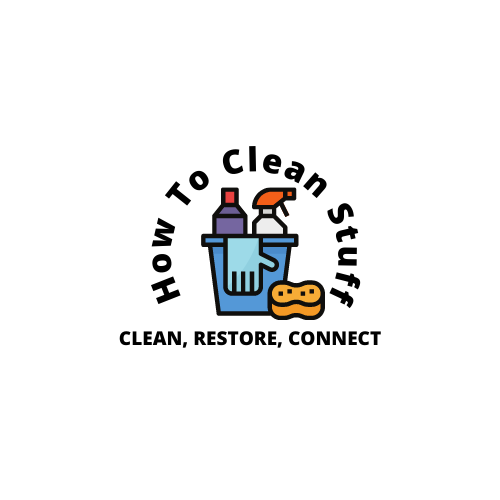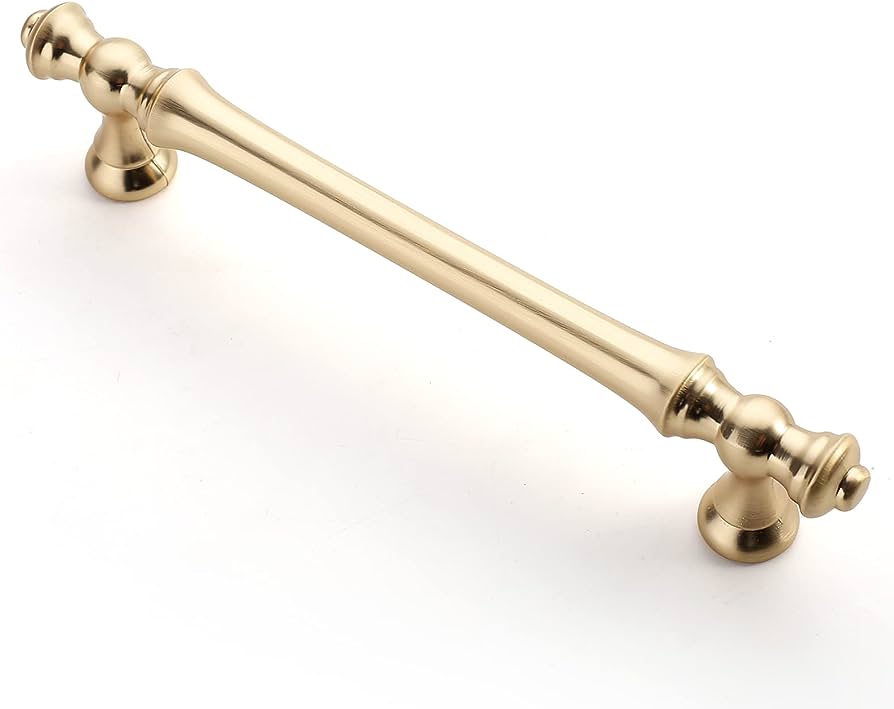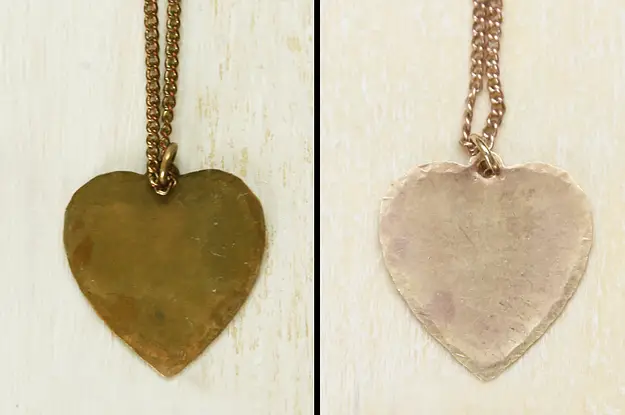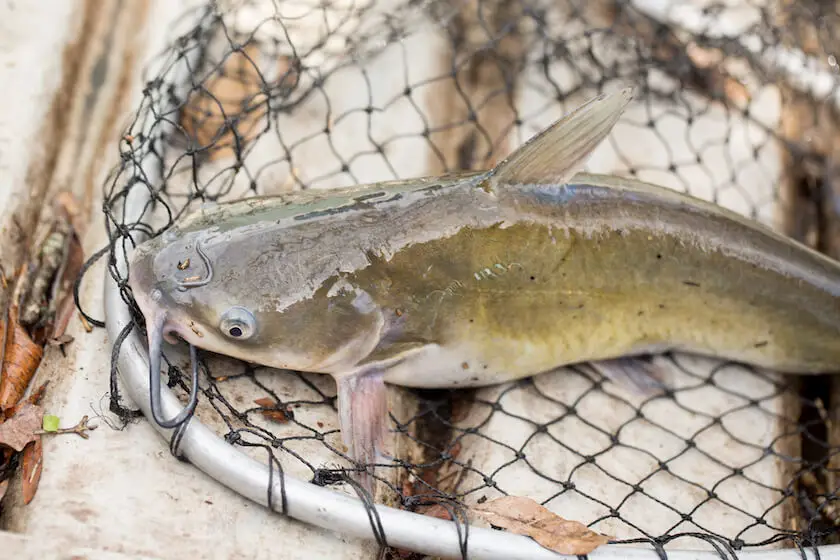Cleaning smoke off walls may seem like a daunting task, especially after a house fire or the consistent smoking of tobacco.
With smoke comes a sticky residue that clings to all surfaces, especially walls. The task may seem overwhelming, but it is important to clean smoke off walls before it becomes a more significant problem.
The smoke residue, called soot, contains harmful toxins that can cause respiratory problems if left on walls for extended periods.
The good news is that with a few tips and tricks, you can successfully clean smoke off walls with relative ease. In this article, we’ll explore various effective solutions and techniques that you can use to remove smoke damage from your walls.
These techniques include using vinegar, detergent, baking soda, t-sponge, and commercial smoke cleaners. So, whether you are preparing for a new paint job or simply want to improve the quality of air in your living space, keep reading to learn how to remove smoke stains from walls.
Dos
- Open windows or use proper ventilation to ensure proper airflow while cleaning.
- Wear protective gear, such as gloves, goggles, and a mask, to protect yourself from harmful chemicals and particles.
- Test a small, inconspicuous area of the wall before applying any cleaning solution to ensure it doesn’t cause discoloration or damage.
- Start by dry cleaning the walls using a vacuum cleaner with a brush attachment or a dry sponge to remove loose soot and debris.
- Use a mild detergent or a specialized smoke residue cleaner mixed with water to wash the walls. Follow the manufacturer’s instructions for dilution ratios and application methods.
- Gently scrub the walls using a soft sponge or cloth in a circular motion. Avoid using abrasive materials or scrubbing too vigorously, as it may damage the wall surface.
- Rinse the walls thoroughly with clean water to remove any residue from the cleaning solution.
- Dry the walls using a clean, lint-free cloth or allow them to air dry naturally.
- Consider repainting the walls if the smoke stains persist or if cleaning damages the paint.
Don’ts
- Don’t use a regular household cleaner or bleach without checking if it is safe for use on painted walls. Some cleaners may contain chemicals that can further damage the walls or react with smoke residues.
- Avoid using abrasive cleaning tools like steel wool or scouring pads, as they can scratch and remove the paint or wall finish.
- Don’t use excessive water or saturate the walls, as it can cause water damage, especially on drywall.
- Avoid rubbing or smearing the smoke residue, as it may spread the stains and make them harder to remove.
- Don’t use heat or steam to clean smoke-damaged walls, as it can set the stains and make them more difficult to remove.
- Avoid using strong odorous substances like vinegar or ammonia, as they can leave behind strong odors or react with smoke residues.
- Don’t overlook hidden or hard-to-reach areas, such as behind furniture or inside closets. Ensure thorough cleaning of all affected areas.
- Avoid painting over smoke-damaged walls without proper cleaning, as the smoke stains may bleed through the new paint.
5 Steps for Success
Step 1
Ventilate the area: Before starting the cleaning process, make sure to open doors and windows to allow fresh air inside the room. This will help in reducing the smoke smell and prevent the spread of smoke particles in the air.
Step 2
Protect yourself: Wear protective gloves, goggles, and a face mask to prevent inhalation of smoke particles and exposure to chemicals used during cleaning.
Step 3
Use dry cleaning techniques: Firstly, use a dry sponge or cloth to wipe off any loose soot or ash from the walls. Avoid using water or any liquid as it can cause the soot to spread and create more damage.
Step 4
Use specialized cleaning solutions: Using specialized cleaning products and solutions can help to remove the smoky residue from the walls. Always read the instructions before using any product and test on a small patch of wall before applying on the entire surface.
Step 5
Rinse with water: After applying the cleaning solution, rinse the area with clean water and dry with towels. Repeat this process if necessary until desired results are achieved.
Final thoughts 💭
- Act quickly to clean smoke off walls
- Open windows and use proper ventilation during cleaning
- Use the right cleaning materials for the surface type
- Vinegar, baking soda, and trisodium phosphate are effective natural cleaners
- Regular cleaning and maintenance can prevent smoke from adhering to the walls






Leave a Reply